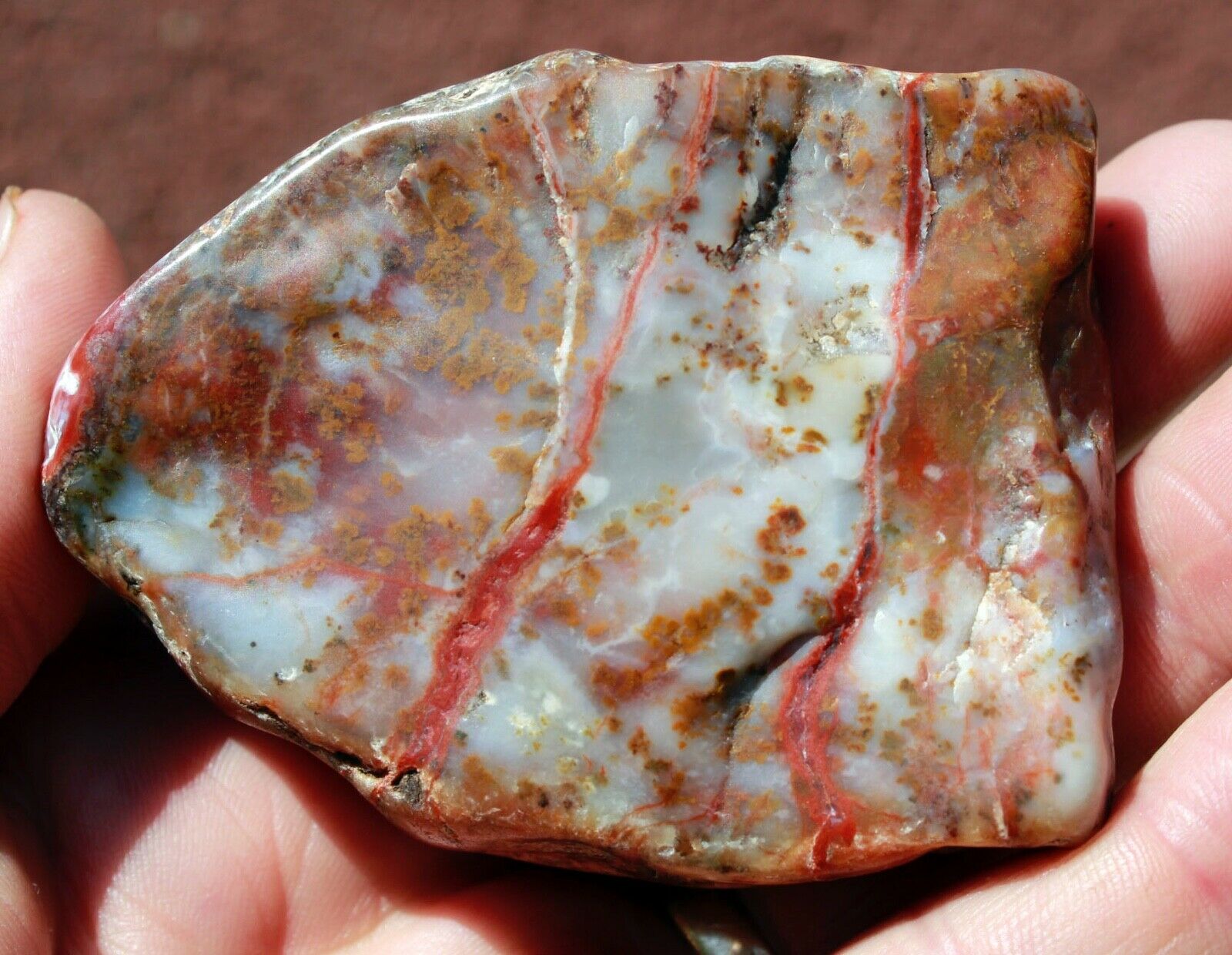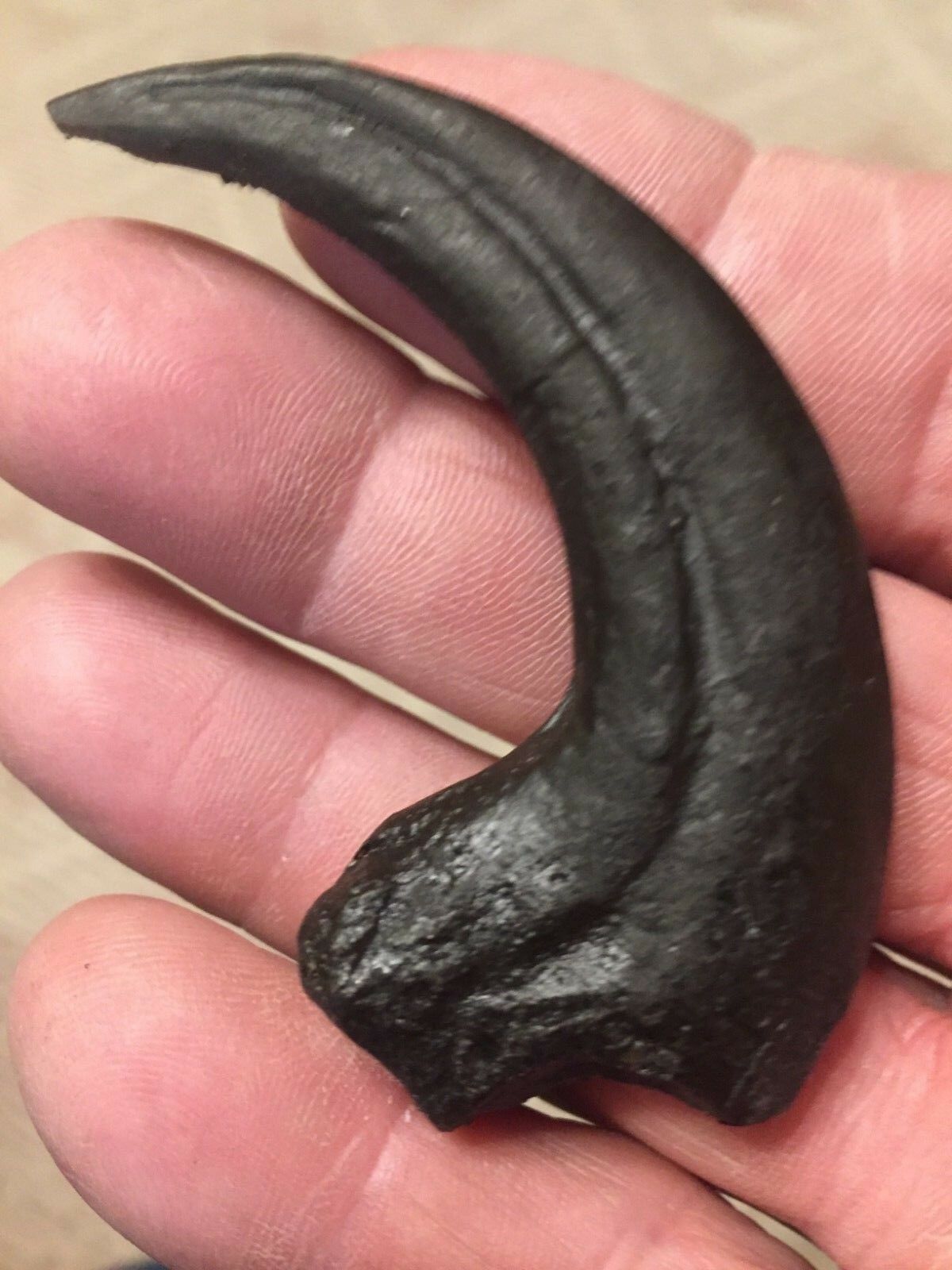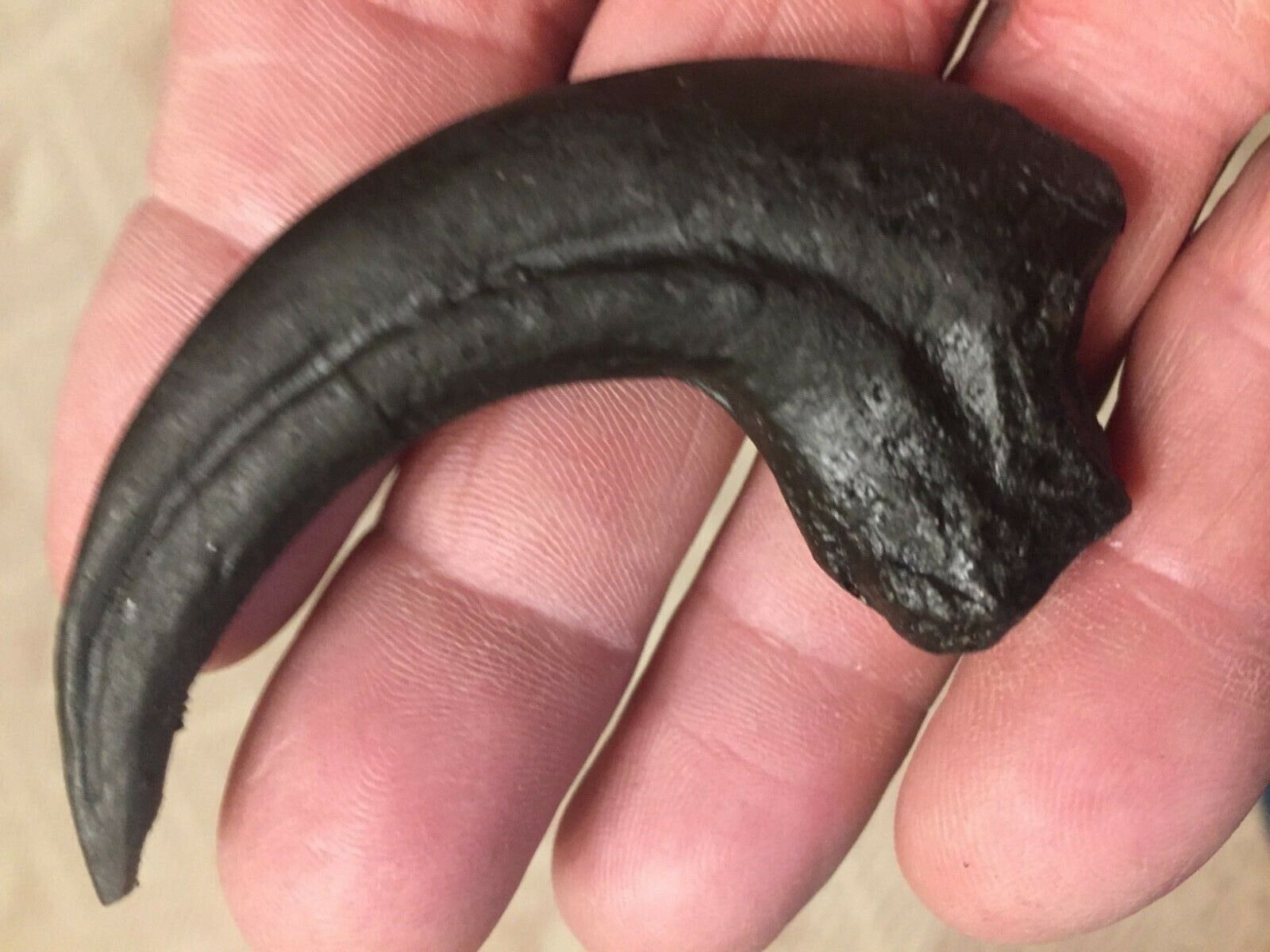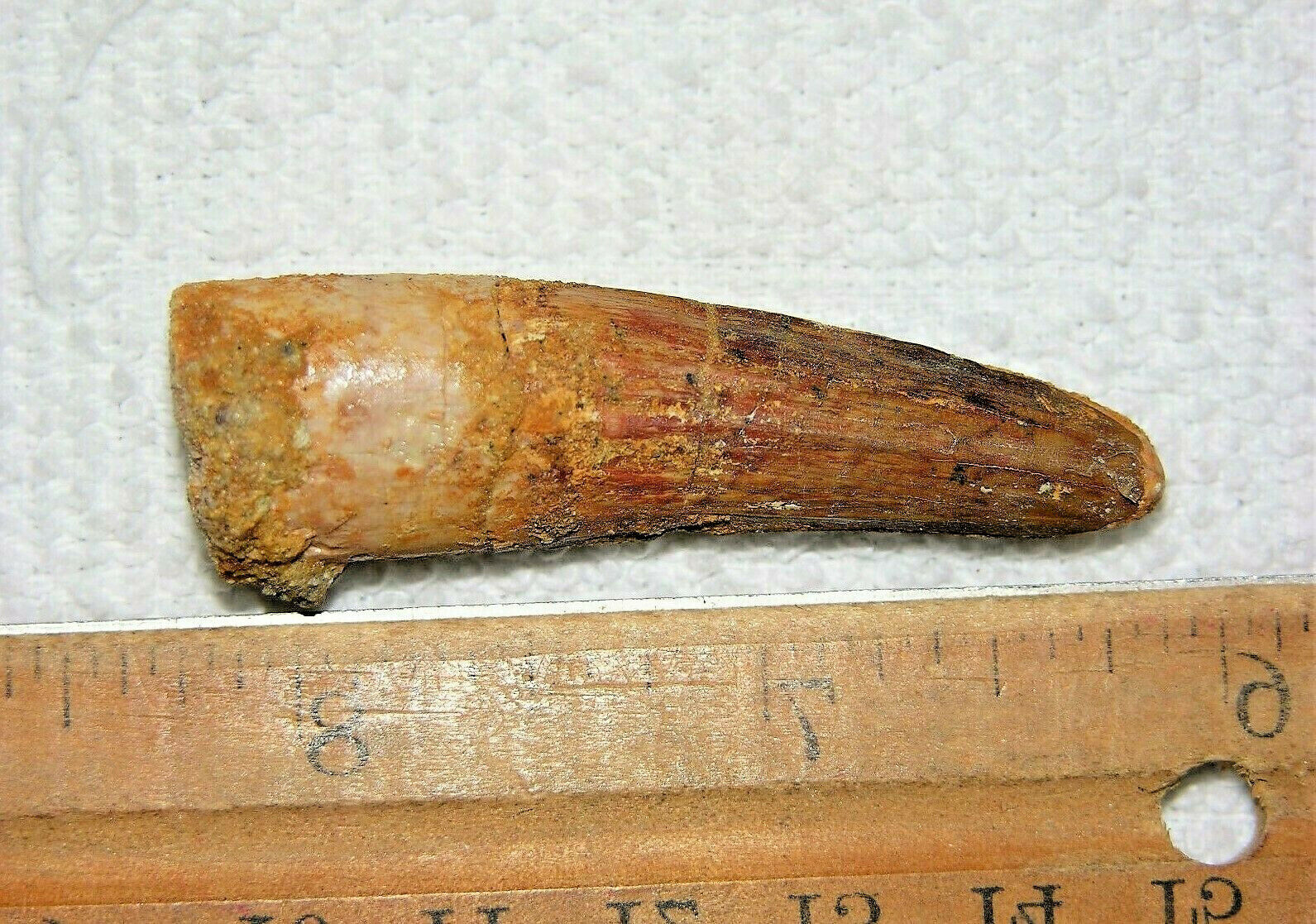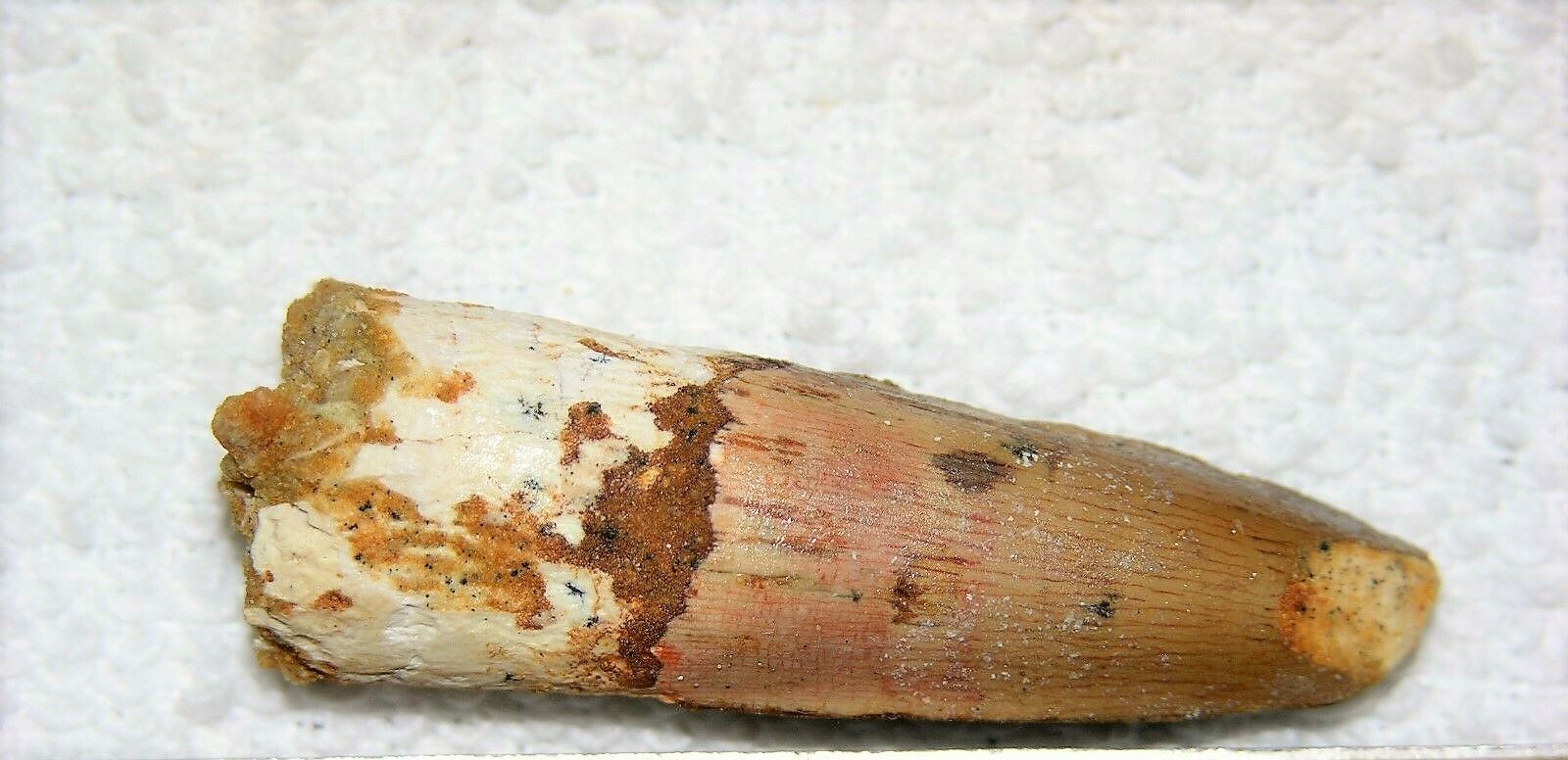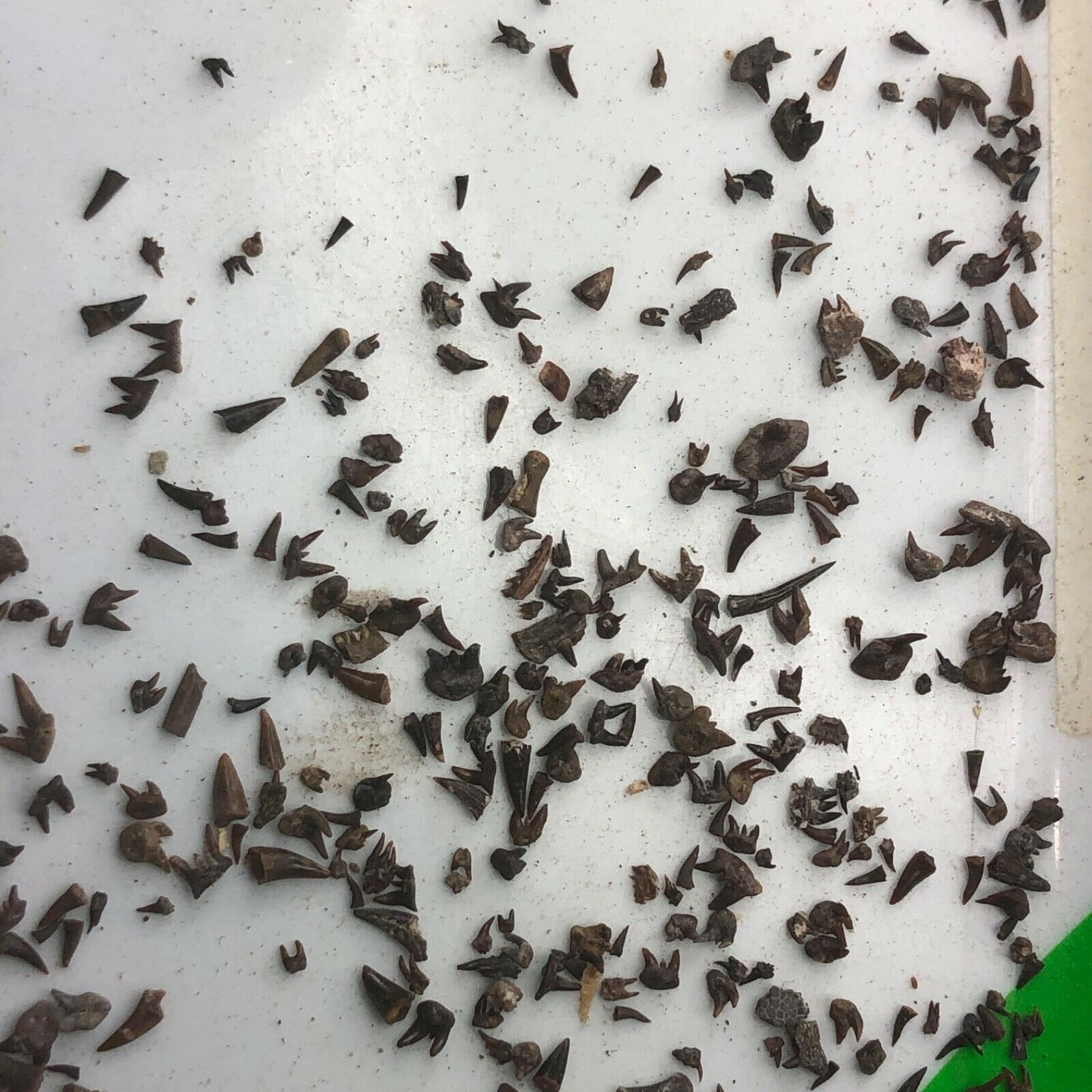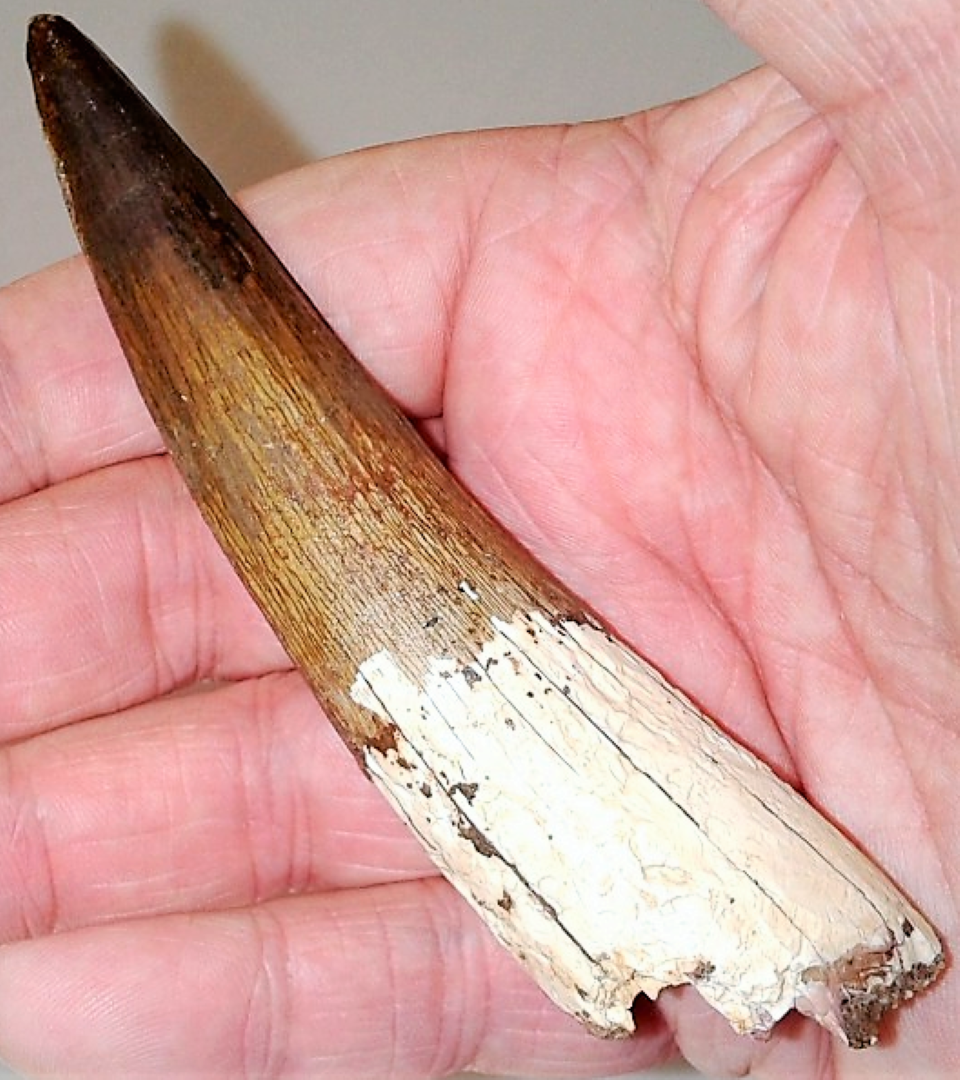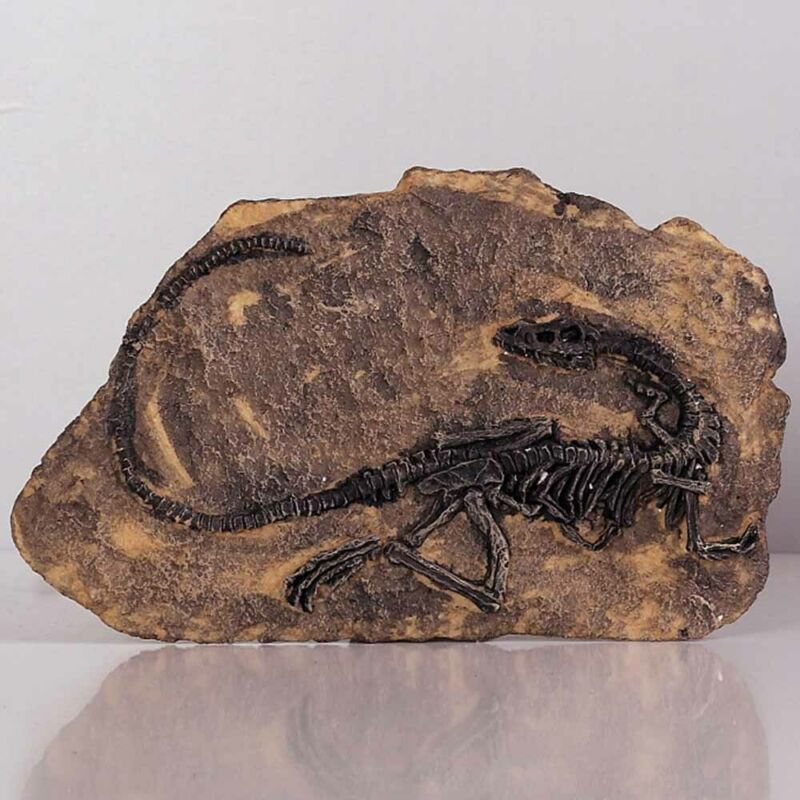-40%
Dinosaur Coprolite (Poop) • Polished Stone 9.5 oz.
$ 7.94
- Description
- Size Guide
Description
Dinosaur Coprolite (Poop)Morrison Formation in Utah • Polished & Deodorized
Background:
Coprolite literally translates from the ancient Greek as “dung stone” (kopros means dung and lithikos means stone). They are fossilized dinosaur feces (poop). Coprolite does not smell because it is millions of years old making it really, really dry and it has also been preserved with minerals that have crystallized over time. These samples come from the dinosaur rich Morrison Formation near the Henry Mountains of southern Utah. You will be the first owner of this specimen.
Metaphysically:
Like most fossils, coprolite is a stone that facilitates and promotes ancient wisdom and channels to the Akashic records. Because coprolite contains many minerals it is a highly energized stone that promotes happiness, harmony, and appreciation. Coprolite brings a natural awareness of life and mortality which draws your thoughts & actions towards doing what makes you happy and feeling fulfilled. That, among other reasons, is why you can’t help but smile when someone puts one in your hand.
How Do I Know This is an Authentic Dinosaur Poop?
There are several clues that lead us to the conclusion that these are bona fide coprolites:
1. Collecting Location:
These specimens were collected in the Morrison Formation near the Henry Mountains. It is a rock layer that was formed when the dinosaurs roamed the earth and is famous for being full of dinosaur memorabilia.
2. Host Rock:
The rocks in the Morrison Formation, where the poop is found, are sedimentary rocks. Sedimentary rocks are prime collecting locations for fossils. If you look in igneous rock layers (cooled lava) or metamorphic rock layers (squished and heated rock) you are going to have a much harder time finding fossils.
3. Associated Fossils:
Again, not to beat a dead horse but, the coprolites are found in the same area where you can also find fossilized dinosaur bones, gizzards stones and sometimes tracks. It is not a huge stretch to suggest that where there were dinosaurs living and eating and pooping for millions and millions of years that some of that poop might have dried up, been buried and mineralized.
4. Microscopic Study:
Paleontologists or more specifically, paleoscatologists (a scientist who specializes in studying fossil poop) have examined specimens from the Henry Mountain area using a microscope. Some of the specimens studied contained partially digested plant material (leaves, seeds, bark, roots), poop from an herbivore (plant-eater). Others contained bits of animal material (crushed bits of bones, sinew, claws), indicating that the animal in question was a carnivore (meat-eater).
5. Chemical Testing:
Finally, paleoscatologists can determine if a coprolite is the real deal by testing it chemically. Coprolites of carnivores have a high amounts of calcium phosphate present due to the high bone content in their diet.
